Details
The mirrorless digital camera Sony ILCE-7 III features an updated sensor design and is a camera suitable for both photo and video applications with a wide range of working situations
The newly developed 24.2 MP Exmor R BSI CMOS sensor and BIONZ X image processor are optimized for improved speed and performance in low-light conditions, enabling an impressive 10fps continuous shooting rate and improved autofocus performance for faster and more reliable subject tracking.
The updated Fast Hybrid AF system uses a combination of 693 phase detection points and 425 contrast detection areas for very faster focus acquisition in nearly all lighting conditions and maintains focus on the subject more effectively. In addition to speed and autofocus, the processing improvements also provide more clear images with highly redacted noise throughout the sensitivity range of ISO 100-51200, which can even be extended to ISO 50-204800.
Video recording capabilities have been enhanced for improved quality when shooting UHD 4K video using the full width of the full-frame sensor to minimize moiré and aliasing. Additionally, the a7 III utilizes 5-axis SteadyShot INSIDE sensor-shift image stabilization to minimize the occurrence of camera shake by up to 5 stops.
Aside from the imaging system updates, the body design of the Sony a7 III has also been revised to include a rear-facing 3.0" 922k-dot touchscreen LCD, which features a tilting design to better support high and low angle work. A Tru-Finder OLED EVF viewfinder with 2.36 million pixels is responsible for bright and clear subject recognition.
Two SD memory card slots are now available for more shooting flexibility, and a larger NP-FZ100 battery can now also be used to deliver up to approximately 710 shots per charge. For use of the camera in harsh conditions, the body is made of a rugged magnesium alloy, this and the a7 III's weather sealing also make the body dust and moisture resistant.
24.2MP Exmor R BSI CMOS Sensor and BIONZ X Image Processor
The 24.2-megapixel Exmor R CMOS sensor works with the BIONZ X image processor to deliver high-resolution still images and video while minimizing noise and improving speed. This sensor design works with an on-chip lens design and anti-reflective coating, as well as the elimination of the optical low-pass filter, to improve shooting quality and increase detail.
In addition, a copper wire layer improves data transfer speed for creating high-resolution 14-bit stills with a native sensitivity of ISO 100-51200, which can be extended to ISO 50-204800. In addition, internal UHD enables 4K video recording with a wide dynamic range using the full width of the full-frame sensor.
The BIONZ X processor also works in conjunction with a high-speed front-end LSI to realize faster processing times while capturing an impressive 15 stops of dynamic range at low sensitivities. The sensor and processor combination also enables fast continuous shooting at up to 10 frames per second at full resolution, for up to 177 consecutive frames and with full-time AF/AE, and whether using the mechanical shutter or electronic shutter. When shooting in Live View mode, a continuous shooting rate of up to 8 frames per second is still possible.
Fast Hybrid AF System
An enhanced 4D FOCUS system now uses a combination of 693 phase detection points covering approximately 93% of the frame, along with 425 contrast detection areas to ensure reliable and fast autofocus and subject tracking. This fast hybrid AF system now achieves twice the focusing speed and more reliable tracking compared to previous a7 models, as well as significantly improved focusing in low light.
The use of phase detection points now enables the use of A-mount lenses via the optional LA-EA3 or LA-EA1 lens adapters with full continuous AF/AE tracking compatibility.
The Sony a7 III offers extensive, customizable color and gamma controls, allowing users to adjust gamma, black level, knee, color level and more. In addition, users can use the same S-Log2 gamma curve found on high-end cameras from Sony Cinema, which adds up to 1300% more dynamic range to the video signal than the traditional REC709, increasing flexibility in post-production.
HLG (Hybrid Log-Gamma) support is available for recording within a wide color space in addition to BT.2020 color space. In addition to S-Log2, S-Log3 is also available for creating an effective 14-stop dynamic range with improved grading control in the shadow to midtone region of the image.
Body Design and Integrated Wi-Fi/Bluetooth
The XGA OLED Tru-Finder EVF is responsible for a bright, clear and detailed display with a resolution of 2.36 million pixels and a magnification of 0.78x. This viewfinder design also enables the use of autofocus in focus magnifier mode, as well as enhanced focusing to support manual focusing. In addition to the EVF, a 3.0" 922k-dot LCD is also mounted on the back of the camera, featuring a touch panel design for intuitive operation and focusing. The screen also tilts 107° up and 41° down to facilitate working at high and low angles.
The magnesium alloy chassis ensures rigidity, durability and stability while keeping weight to a minimum. The lens mount has also been improved to better support heavy lenses, and the grip stiffness has been improved to allow more comfortable holding with one hand.
The weather sealing is designed to resist dust and moisture and ensure reliable operation in harsh weather conditions.
With the NP-FZ100 battery, the a7 III has improved battery life and is now rated for approximately 710 shots per charge. Dual SD memory card slots allow flexible file storage and editing, and can be configured to partition raw and JPEG files or be used for overflow recording. One of the card slots is designed to support UHS-II memory cards. In addition to a micro USB port, a USB 3.0 Type-C port has been added for faster and more reliable tethering support. The USB Type-C port allows the camera to charge from the host power source while plugged in.
Built-in Wi-Fi allows the Sony a7 III to instantly share images to mobile devices for direct online sharing to social networks, email and cloud. NFC (Near Field Communication) is also supported, enabling a one-touch connection between the camera and compatible mobile devices; no complex setup is required. Once connected, the connected mobile device can also display a live image on its screen and remotely control the camera shutter. Bluetooth connectivity allows location data to be collected.
Other Camera Features
The Ratings feature allows you to assign values of 1-5 stars to images in the camera for faster editing and sorting during post-processing at home.
An advanced 1200-zone evaluative exposure metering sensor delivers consistent and accurate results with multi-field metering, center-weighted metering, or spot metering. Highlight and Average metering modes help prevent blow-out highlights and provide stable automatic exposure.
Anti-flicker shooting automatically detects and times the shutter release to minimize the flicker effect for more consistent results in still images.
The wide-angle lens for a new era
The very short closest focusing distance of the 25mm wide-angle lens supports the creative realization of extraordinary perspectives. Extremely uniform image quality is guaranteed even in the corners of the image. The lens is the perfect companion for landscape, architecture, street and reportage photography.
The ZEISS Batis autofocus lenses have been specially developed for Sony mirrorless full-frame system cameras. The lenses are fully compatible with all E-mount cameras and offer dust and splash protection in addition to fast and quiet autofocus. For creative work, distance and depth of field can be read on the innovative OLED display. The fast ZEISS Batis family offers perfect imaging performance thanks to the completely newly developed optics design.
Originally developed for SLR cameras, which nevertheless require a long focal length due to the mirror box (the distance between the rear lens and the film plane must be considerably greater than the focal length), the Distagon lenses (retrofocus design) also play to their strengths in mirrorless system cameras due to their optimized beam path. As a result, outstanding imaging performance with large image angles is possible even with digital camera systems without mirrors.
Smooth and reliable autofocus
The design of the autofocus system requires extremely precise shifting of certain lens groups. The focusing system of ZEISS lenses is designed to guarantee a robust and fluid autofocus mechanism with the best imaging performance.
Versatile full-frame lens
The high-performance lens for the Sony full-frame mirrorless system meets the highest demands. Even with a compact design, the image result meets the expectations of professional photographers.
Excellent resolution and high contrast
Rich, vivid colors are a must for creating a lasting impression. However, stray light in the lens causes the image to brighten, which then becomes particularly noticeable in the shadow areas. The image contrast decreases - the image appears low in contrast and bleached out. For this reason, ZEISS brings together various specially developed techniques that reduce unwanted stray light.
Robust and weatherproof metal construction
Design measures to prevent dust and splash water from entering the lens make it perfect for demanding outdoor use. Plus, it's ready for years of intensive use.
Innovative OLED display
For the first time on a lens, you can easily and intuitively read focus distance and depth of field precisely on the OLED display. Especially in difficult lighting conditions - readability is always ensured in the best possible way.
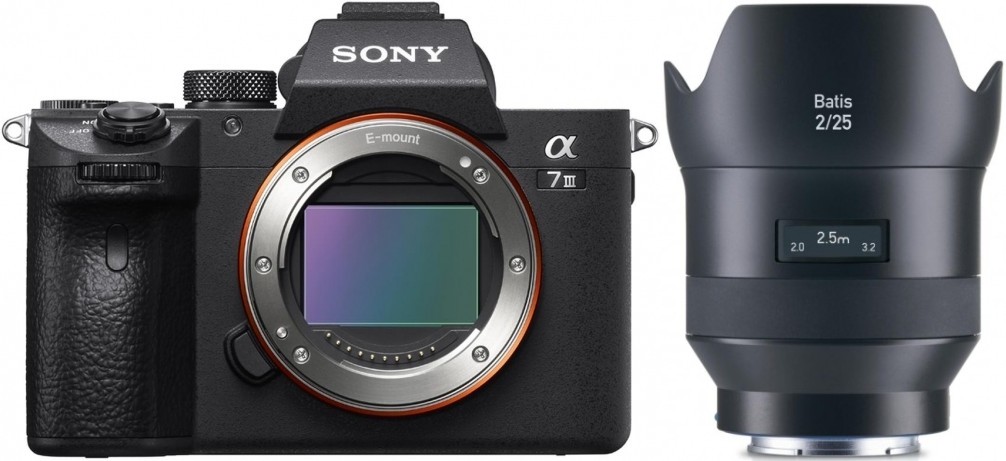
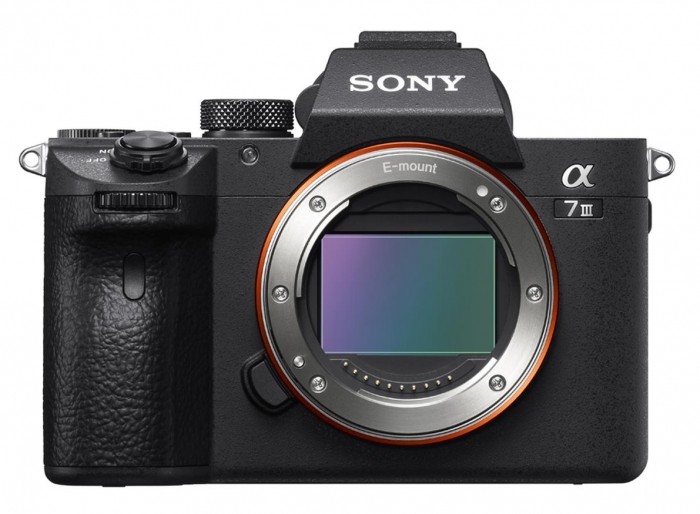
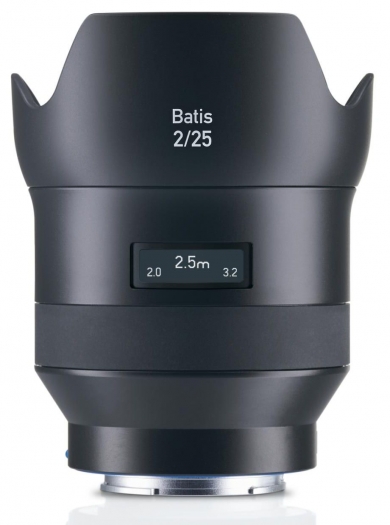
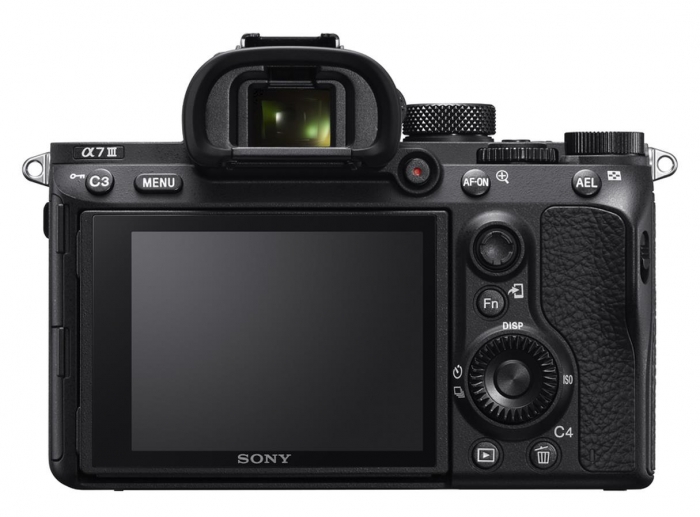
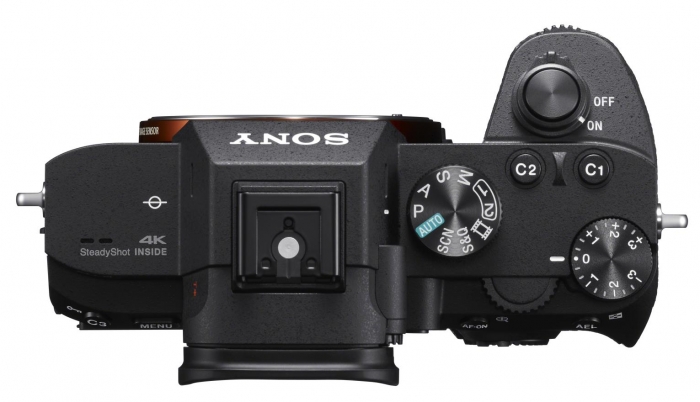
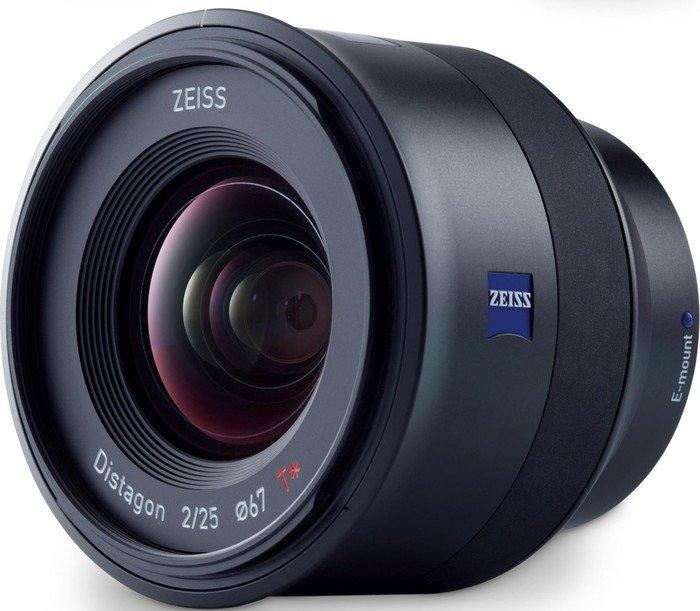
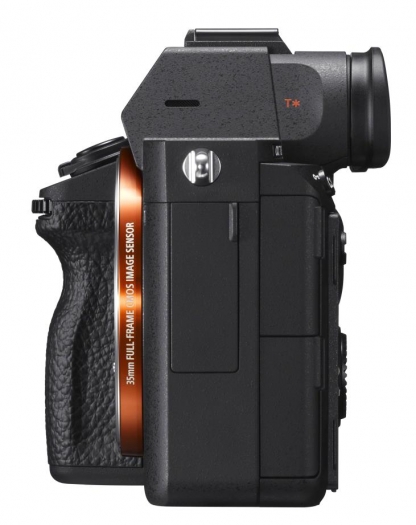
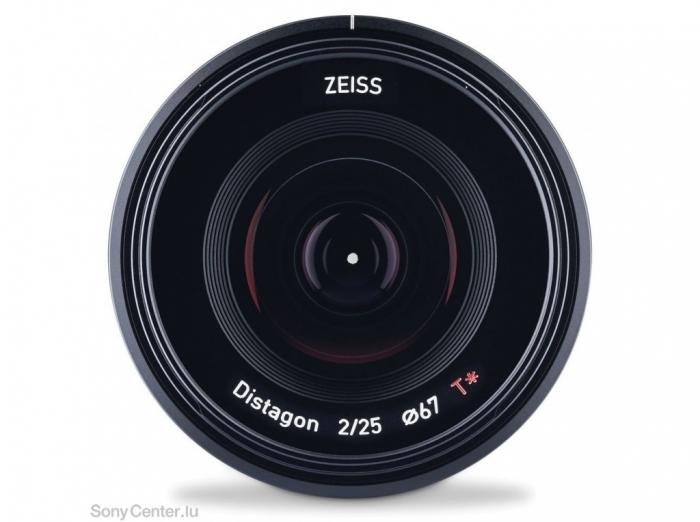
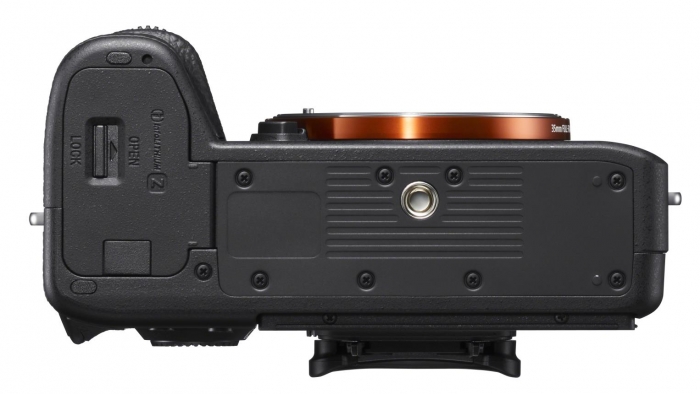
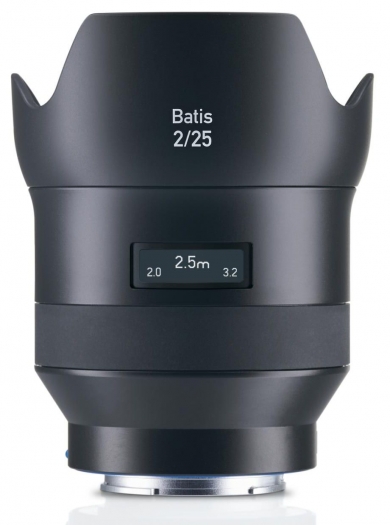
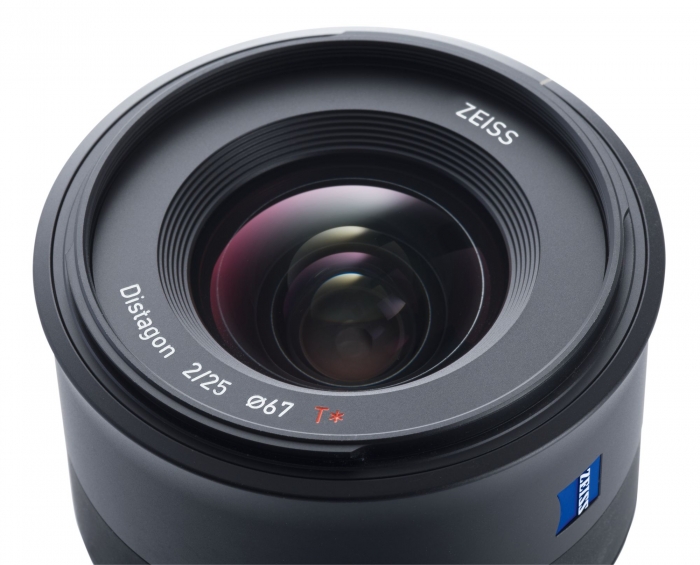

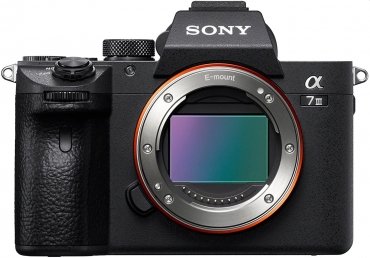
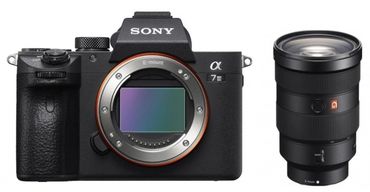

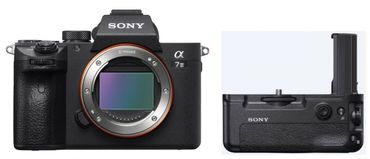
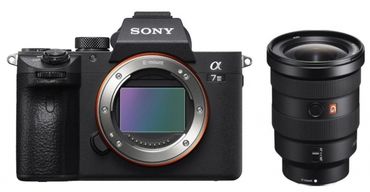

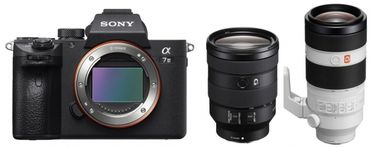
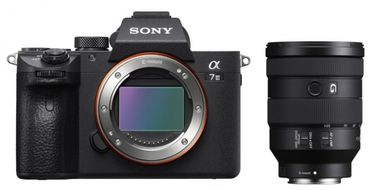
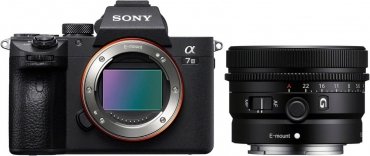
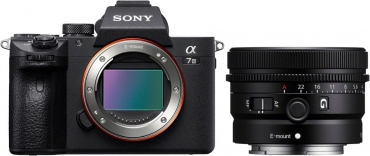
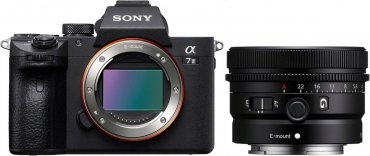
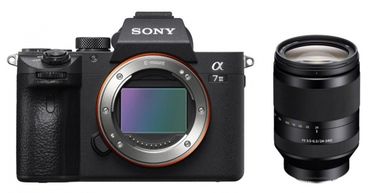
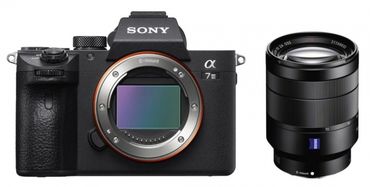

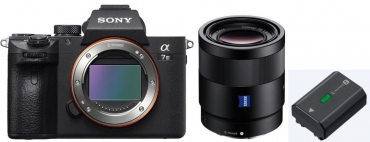
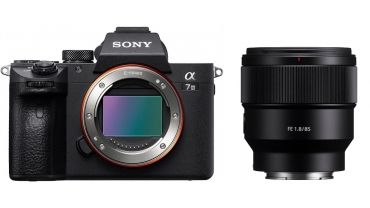
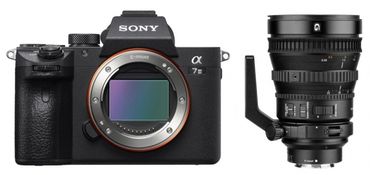
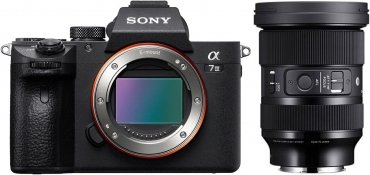





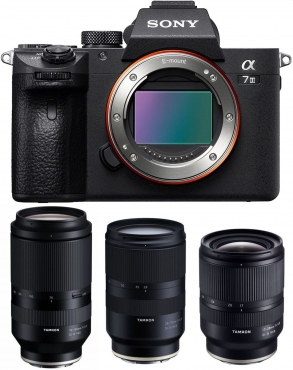
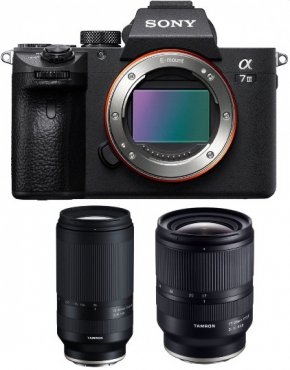
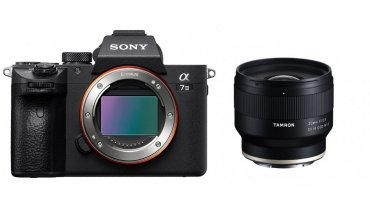

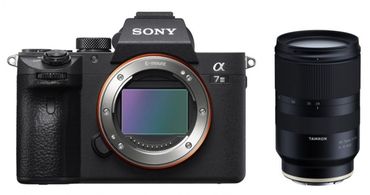

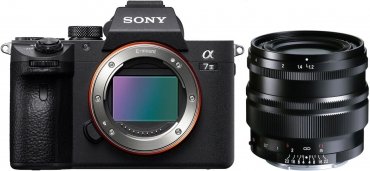
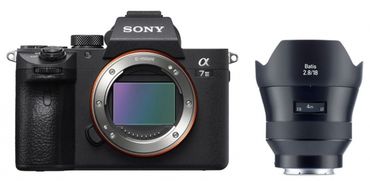
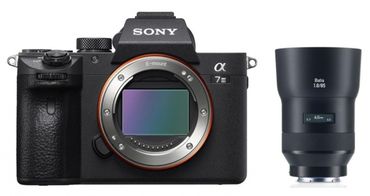

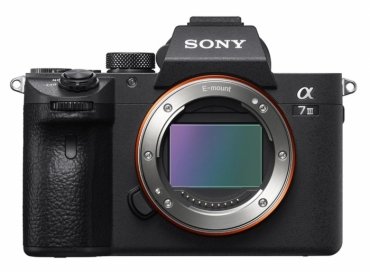
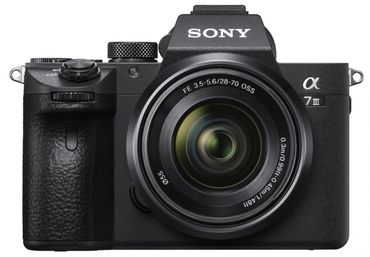


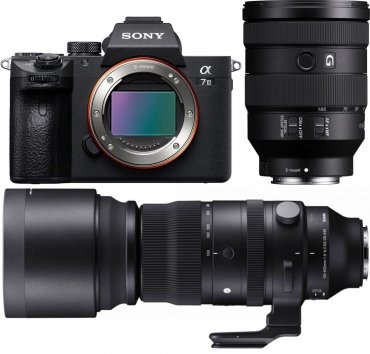
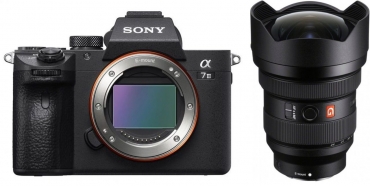

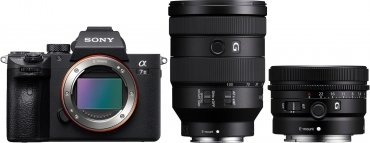

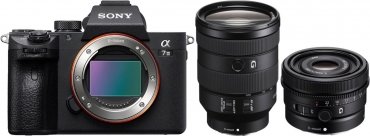

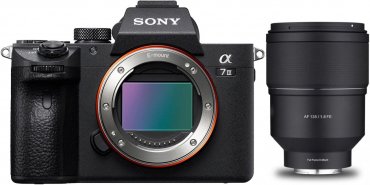
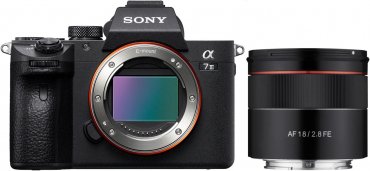
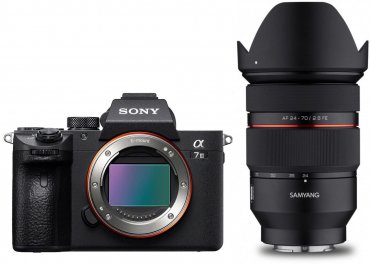
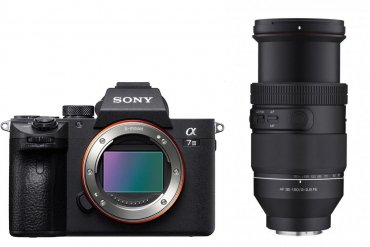
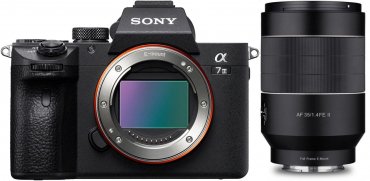
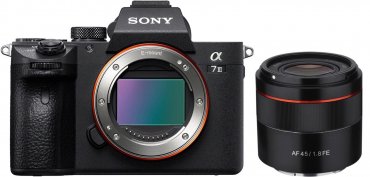

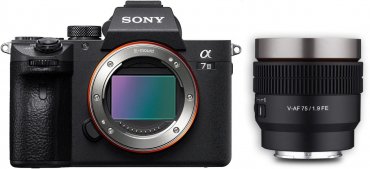

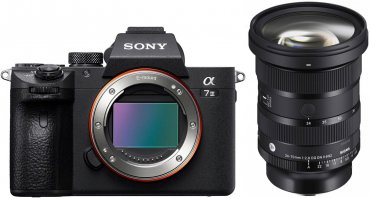
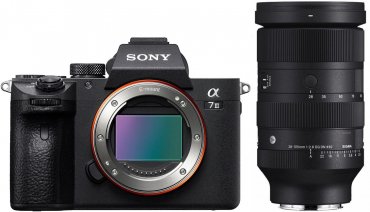
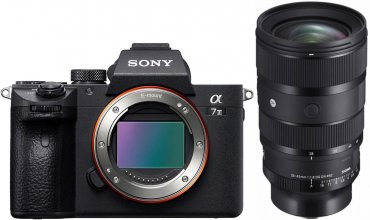
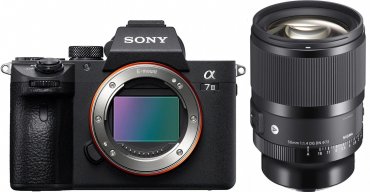
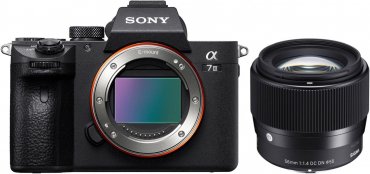
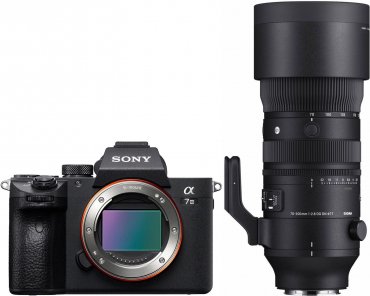

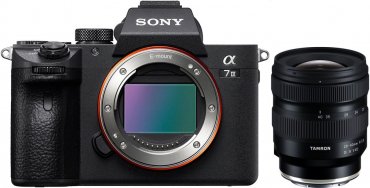
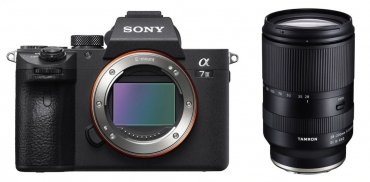
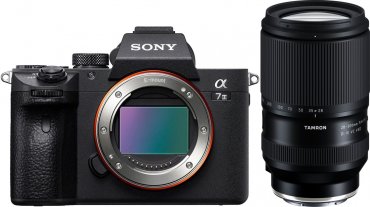
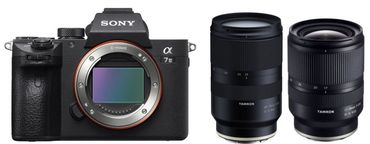

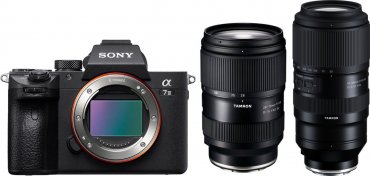


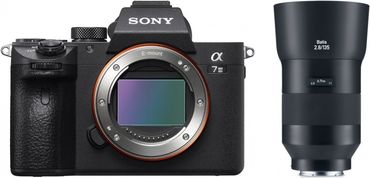
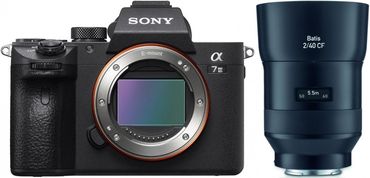
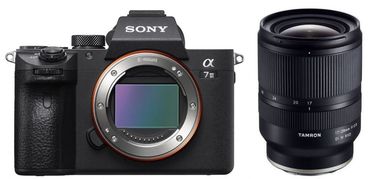

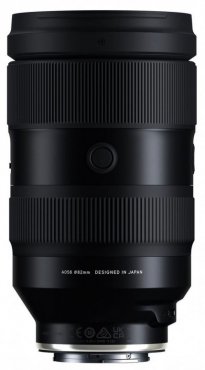
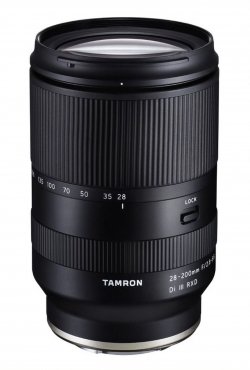

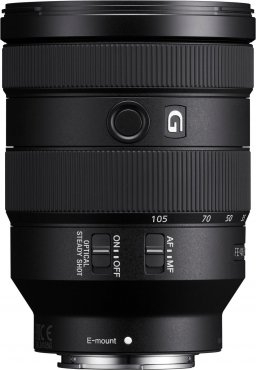

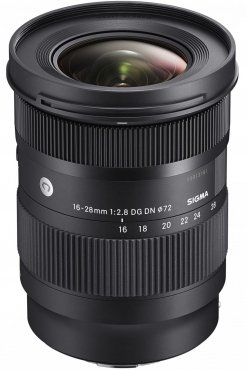

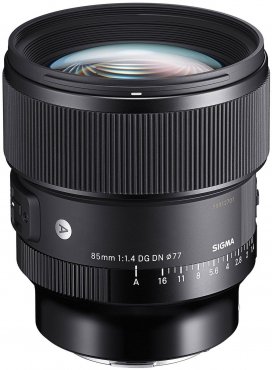
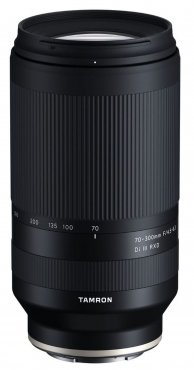
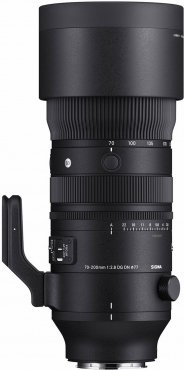
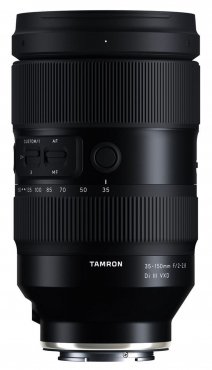
![Sigma 150-600mm f5-6.3 DG DN OS [S] Sony E-mount](https://media.foto-erhardt.de/images/product_images/thumbnail_images/907/sigma-150-600mm-f5-63-dg-dn-os-s-sony-e-mount-162814386990790304.jpg)
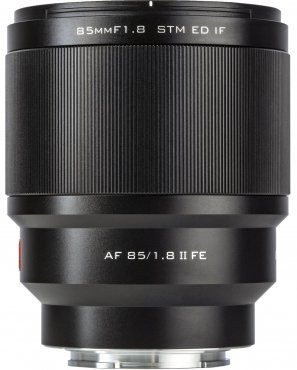
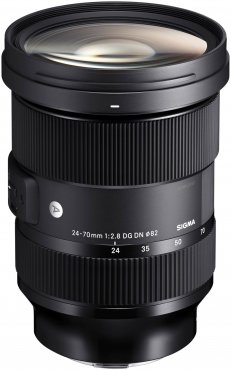
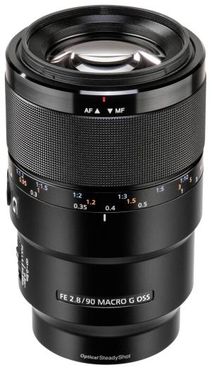
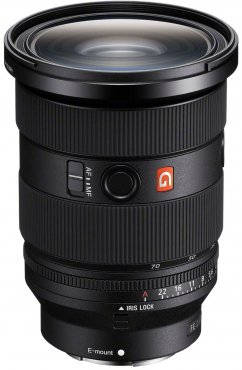
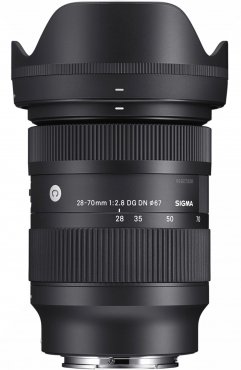
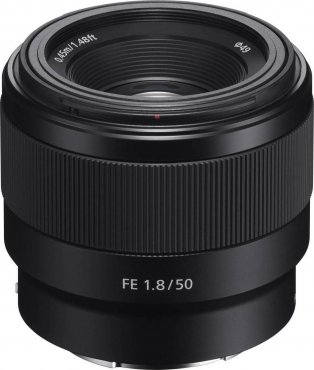
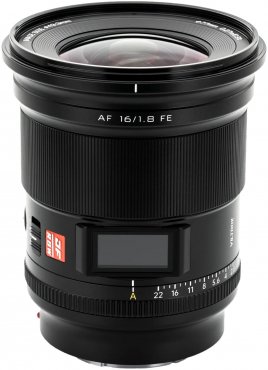


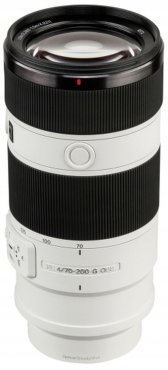

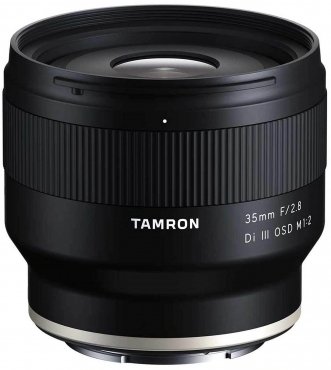
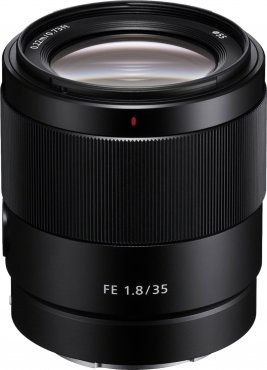
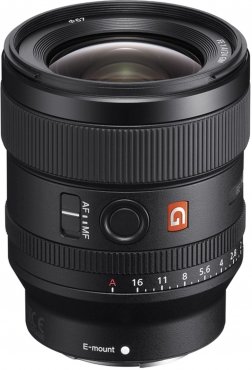
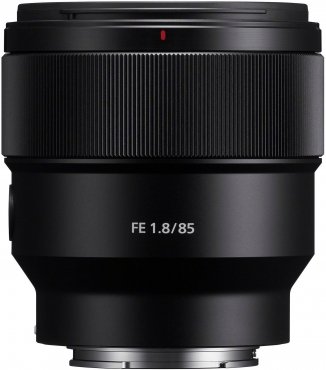
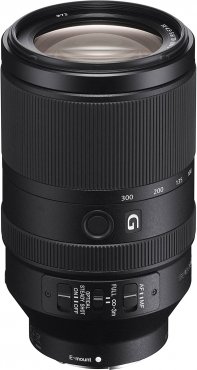
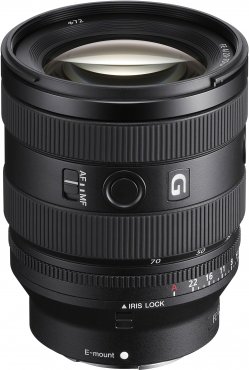

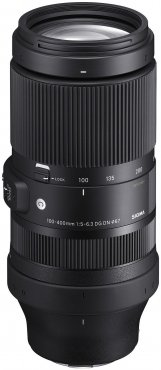
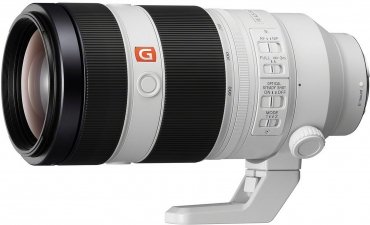
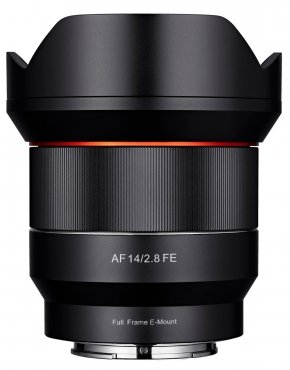
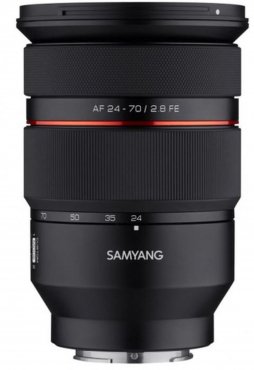
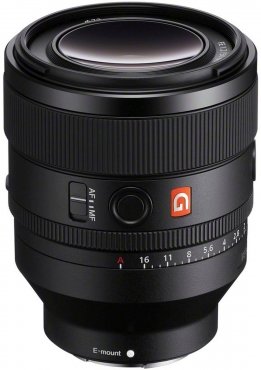
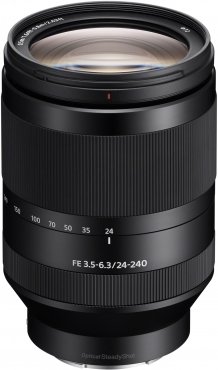
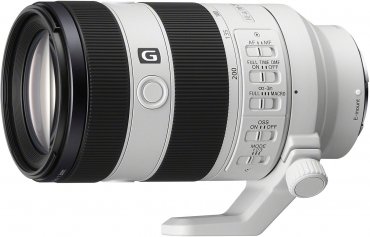
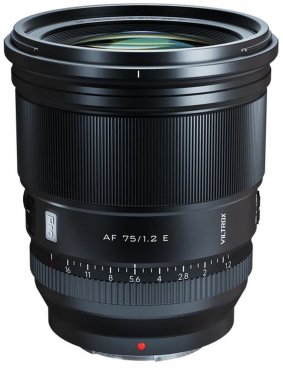
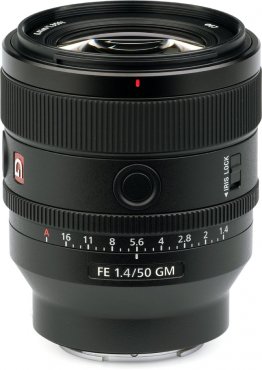
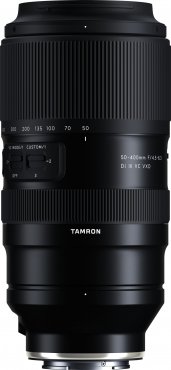
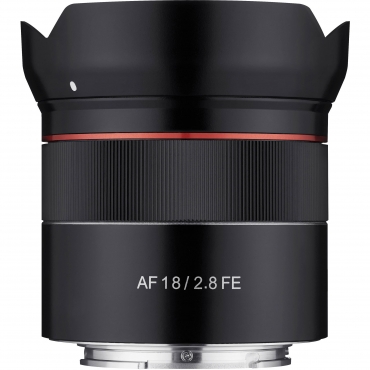
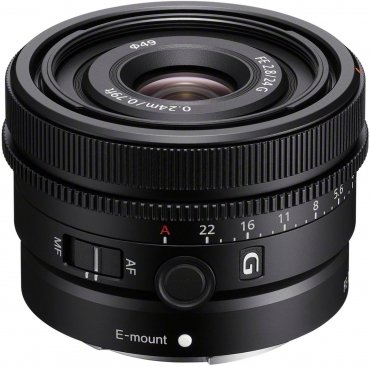
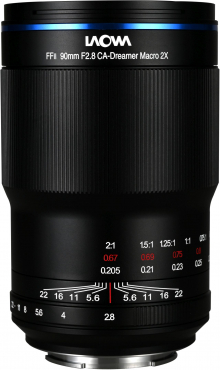

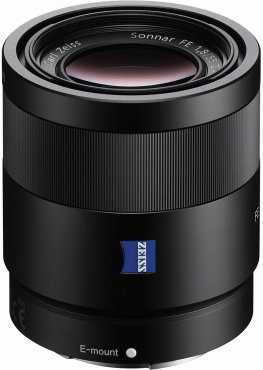
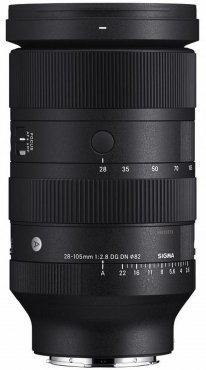
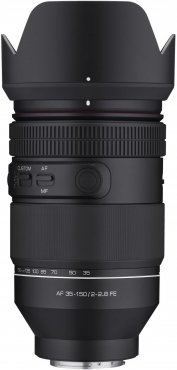
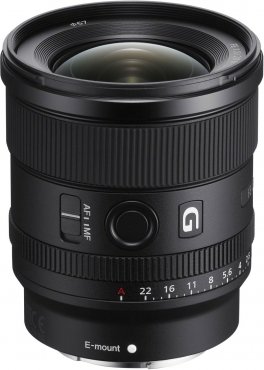
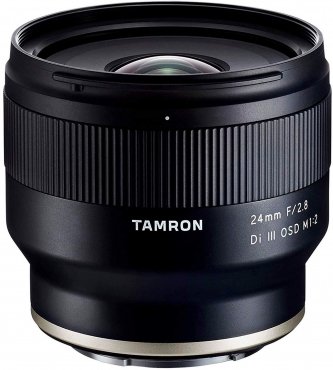

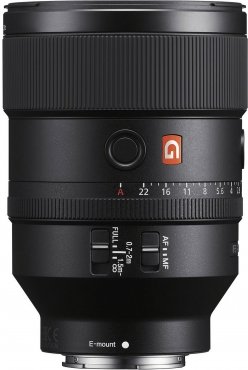
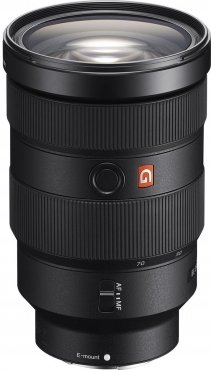
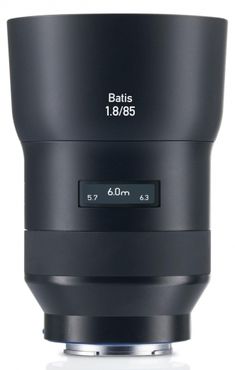
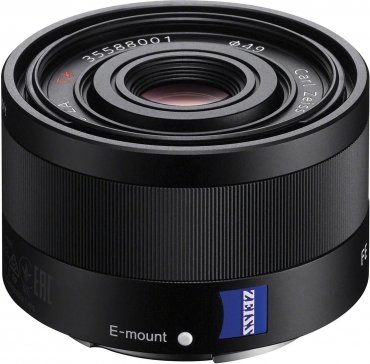
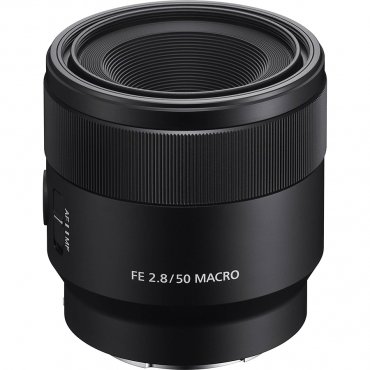
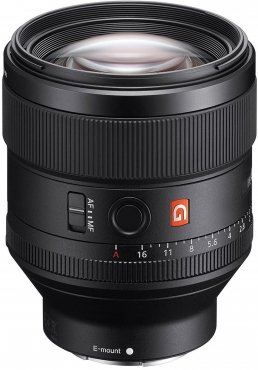
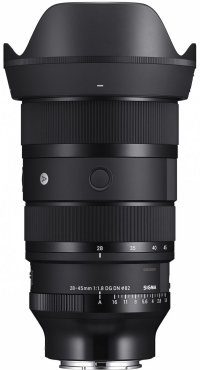
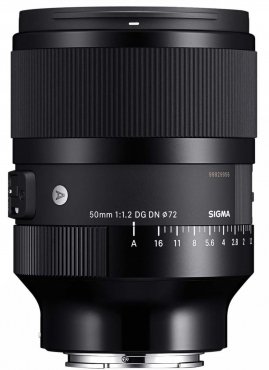

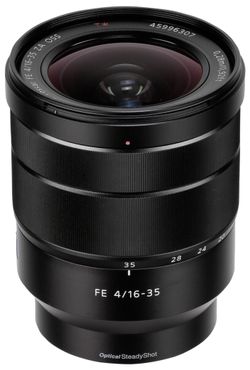
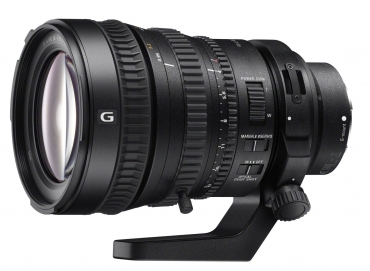
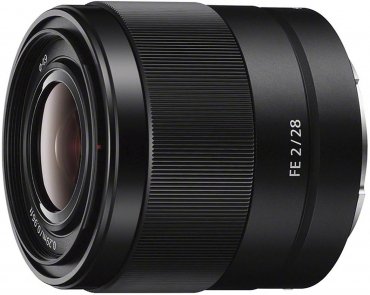
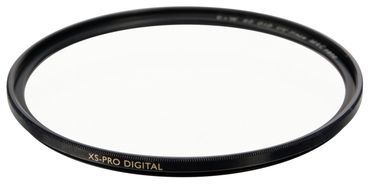
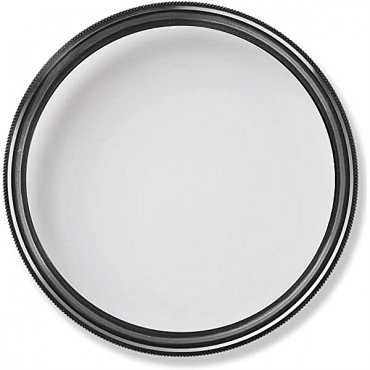
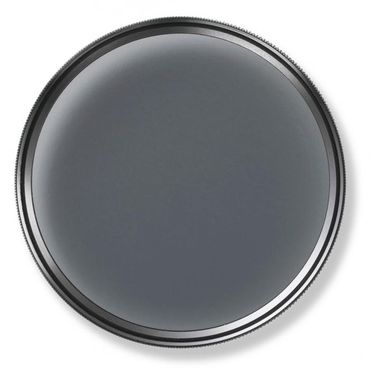
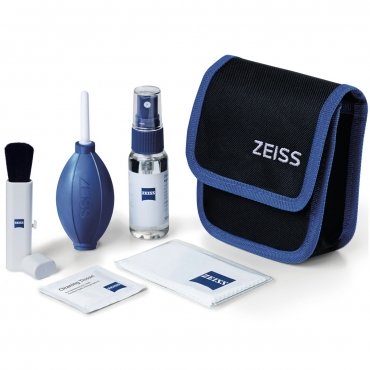
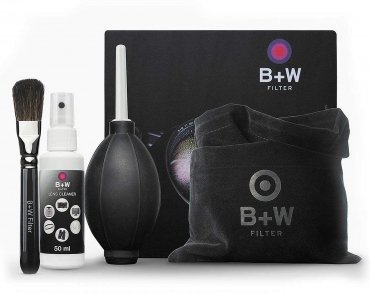
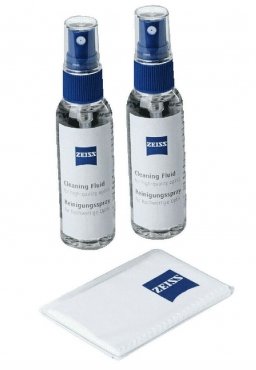
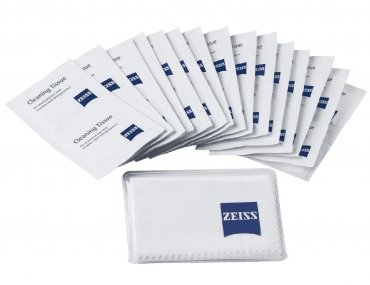
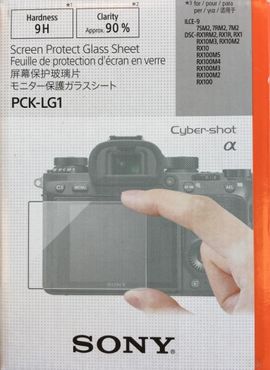
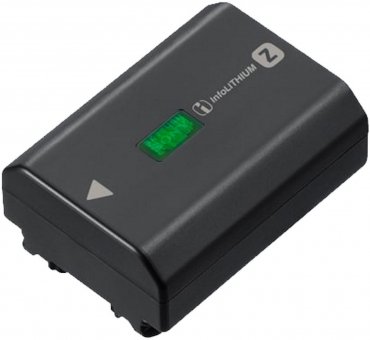
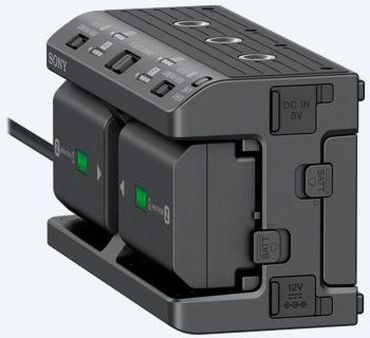
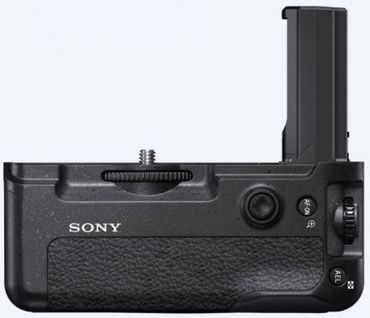
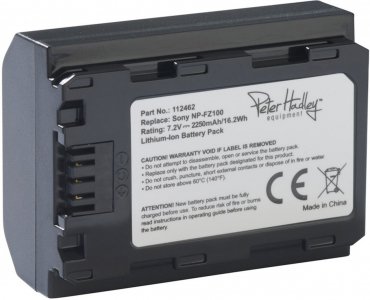
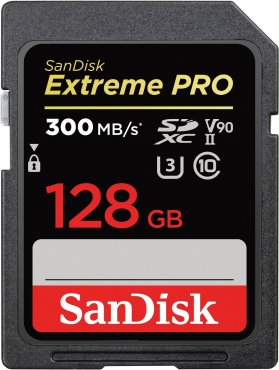
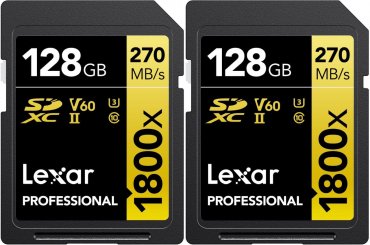
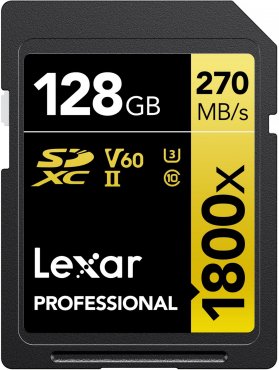
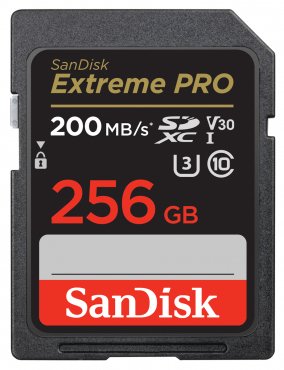
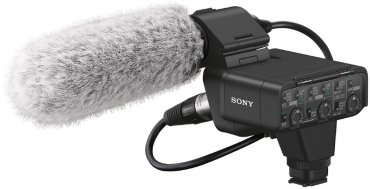
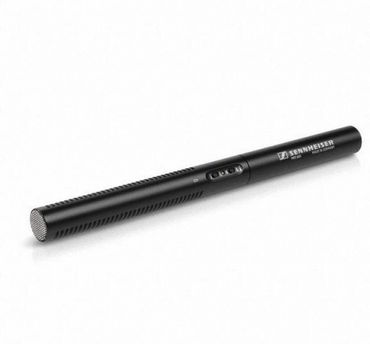
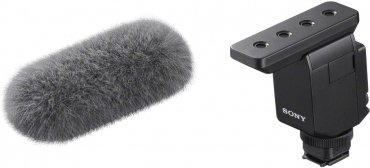

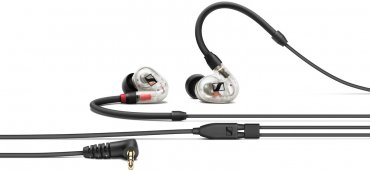
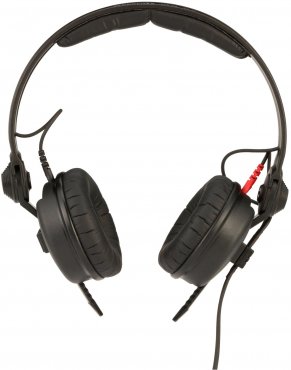
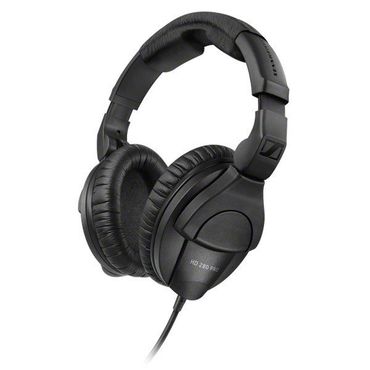
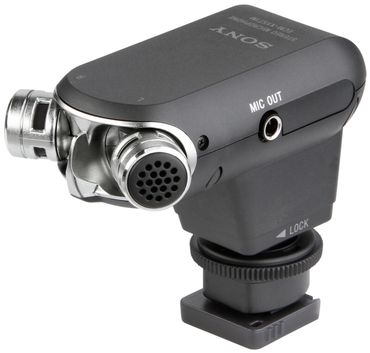

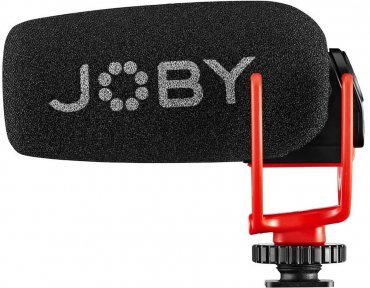
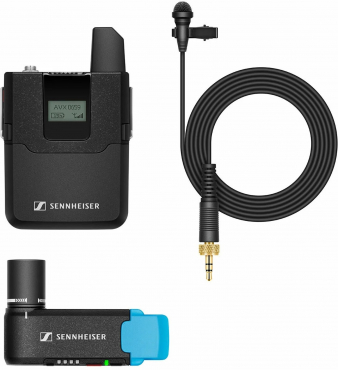
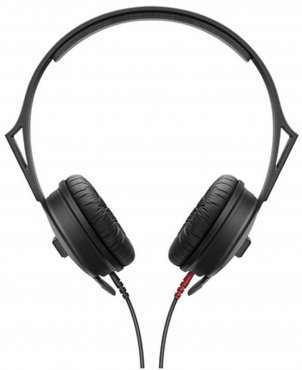
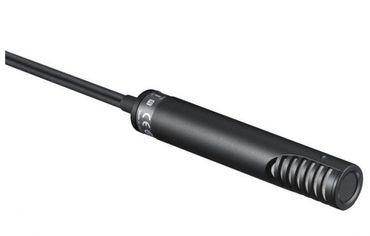
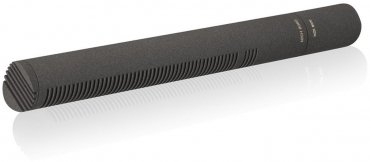

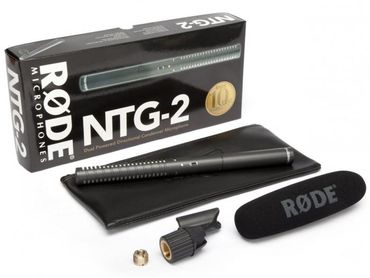
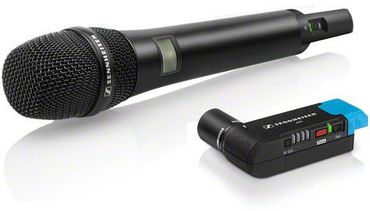
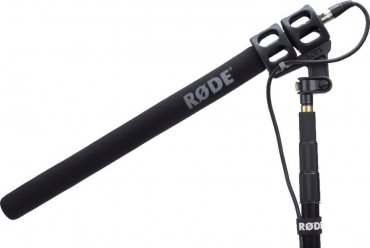

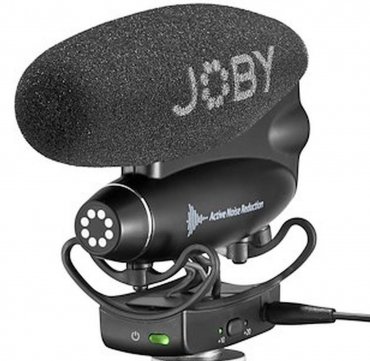


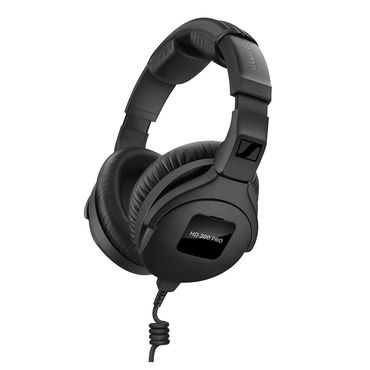


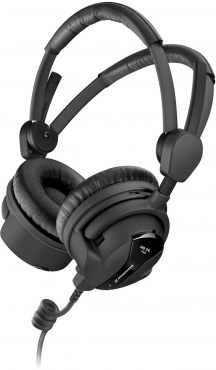


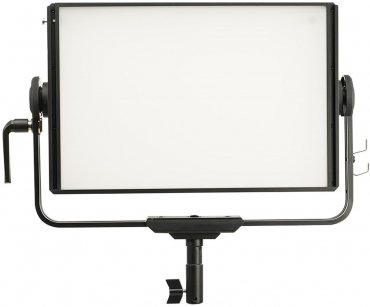

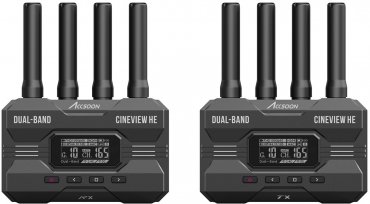

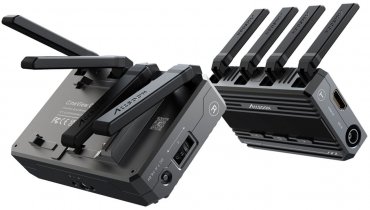
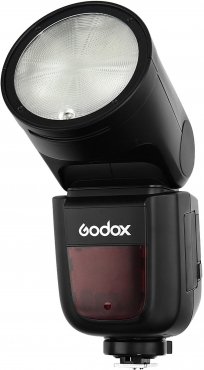

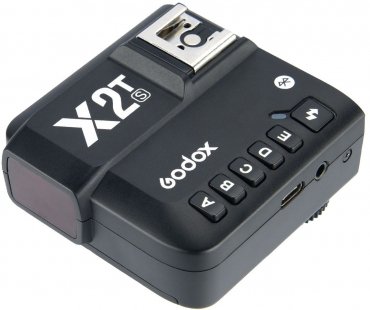
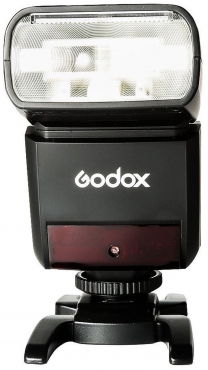
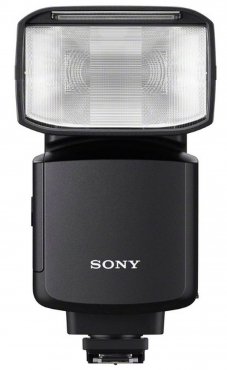
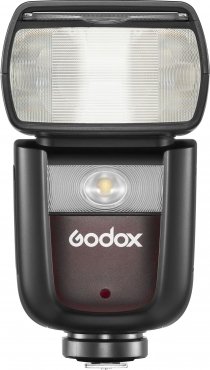
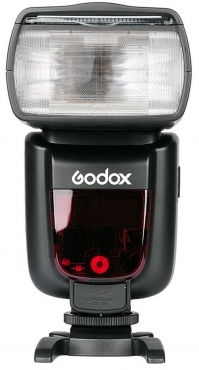
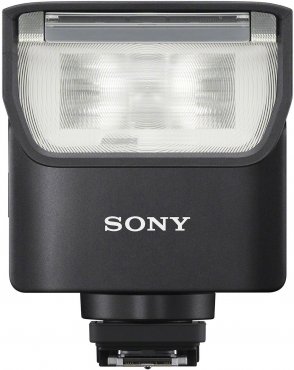
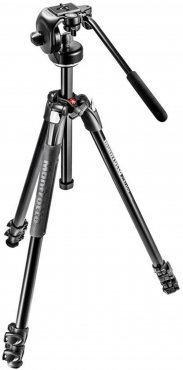
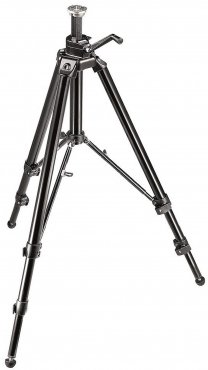
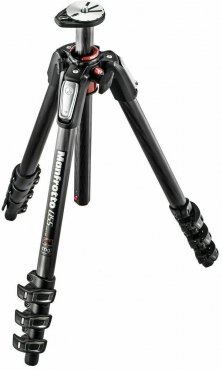


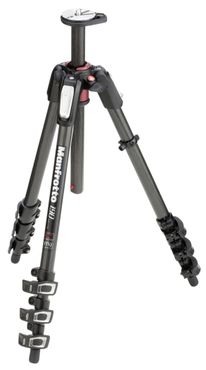
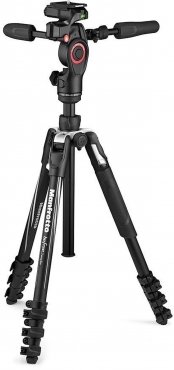
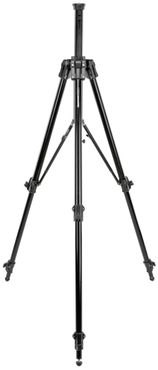


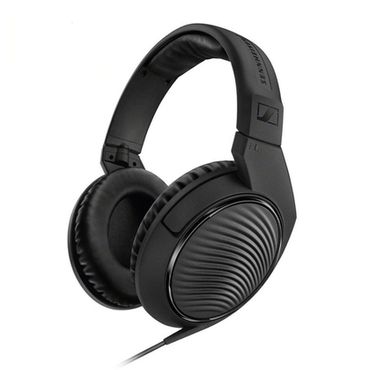
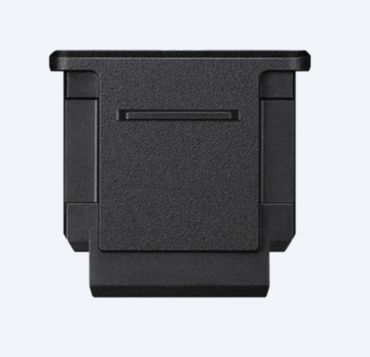
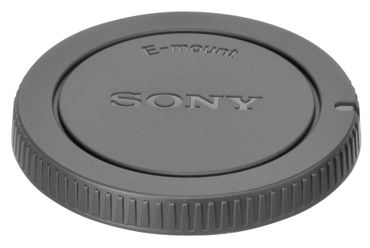
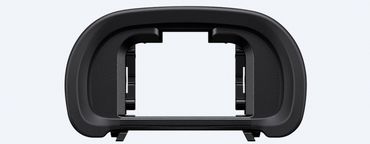
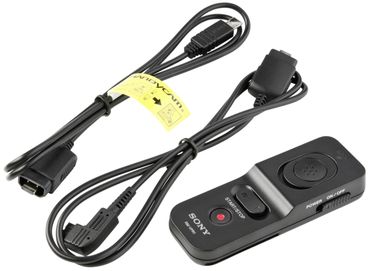
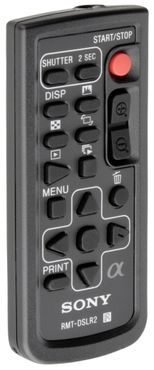
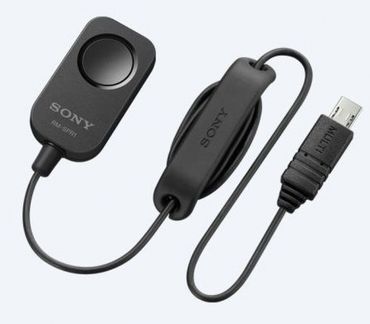
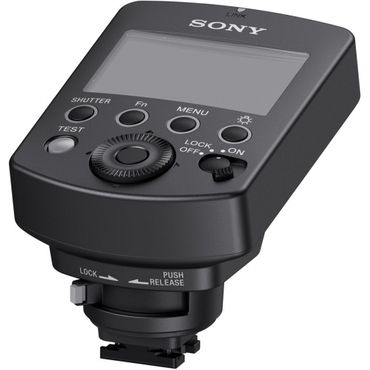
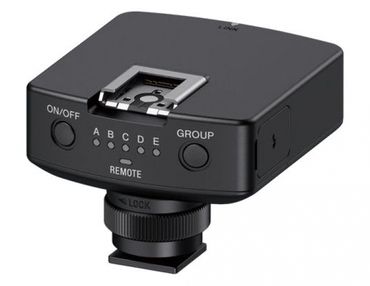
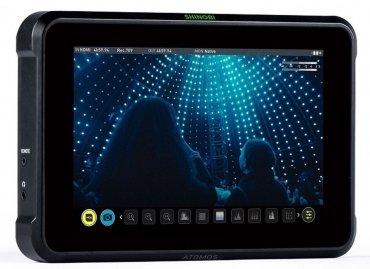

Simply subscribe and benefit as a newsletter recipient every week: